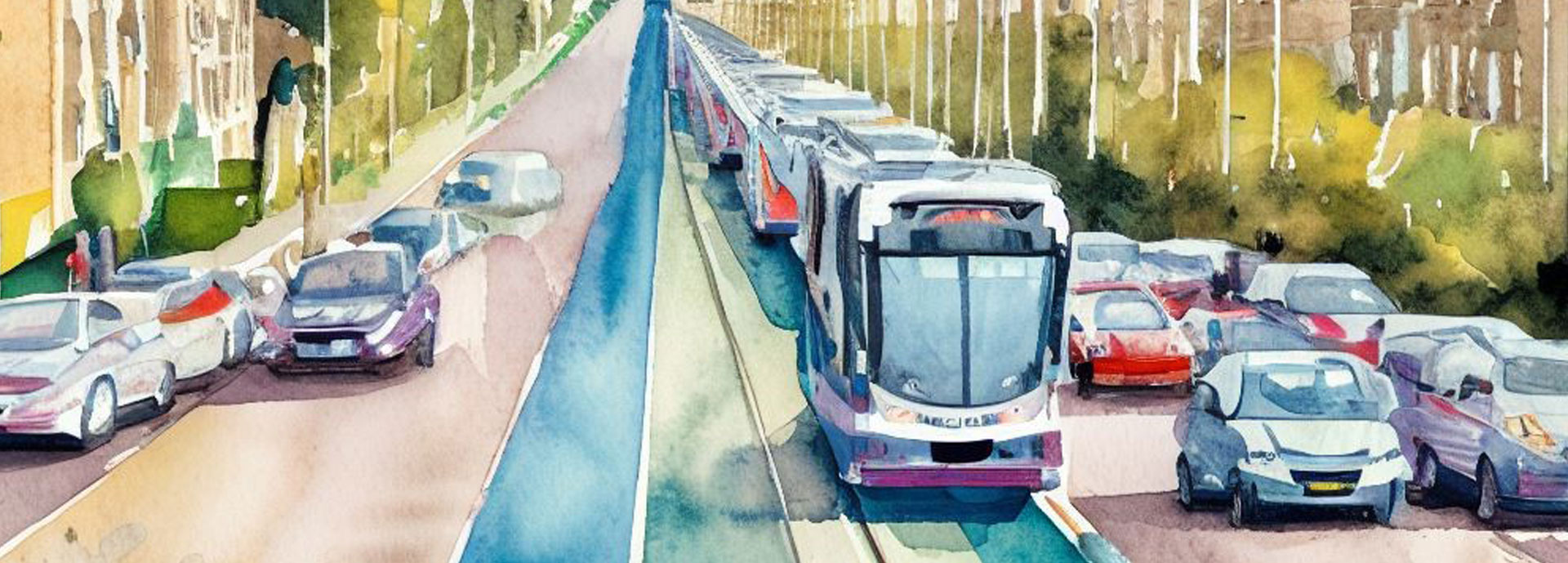The Commission’s Final Report recommends three ‘Big Moves’ that the region’s political and economic leaders consider, which will provide the foundation for enhanced connectivity. These stronger connections will, in turn, support the region’s economic transition to Net Zero, but ensure that individuals, families and communities left behind by the current system can access these opportunities fairly: a ‘just transition’.
- Stop making things worse. Avoid planning decisions that exacerbate reliance on private vehicles for journeys within the region, and restrict access to employment, leisure, and public services to those reliant on other means of transport.
- Fix the region’s urban centers. Re-urbanising the Forth Valley’s three key centres to arrest the decline of town and city centres and increase the number of people living in denser environments with services close by. This both reduces the need for car journeys locally and increases the catchment of core public transport nodes, particularly railway stations, accessible by walking and cycling.
- Set out on the journey to creating the future transport network we need. Investment in a safe, connected, and region-wide active travel network that integrates fully with a reliable, low-carbon rapid bus transit system.
Taken together, the Three Big Moves provide a blueprint for the Forth Valley to maximise its economic productivity and foster an inclusive route map to a more sustainable way of living. The Commission’s vision is to ensure that, through enhanced connectivity, the Forth Valley is among the best comparable regions internationally, providing a powerful legacy that enables future generations to prosper.
About the Commission
Secretariat support was provided by the University of Stirling, under the umbrella of Scotland’s International Environment Centre (SIEC). Established as part of the Stirling and Clackmannanshire City Region Deal, the Centre’s mission is to create a net zero regional economy and act as a global exemplar of low-carbon growth.

